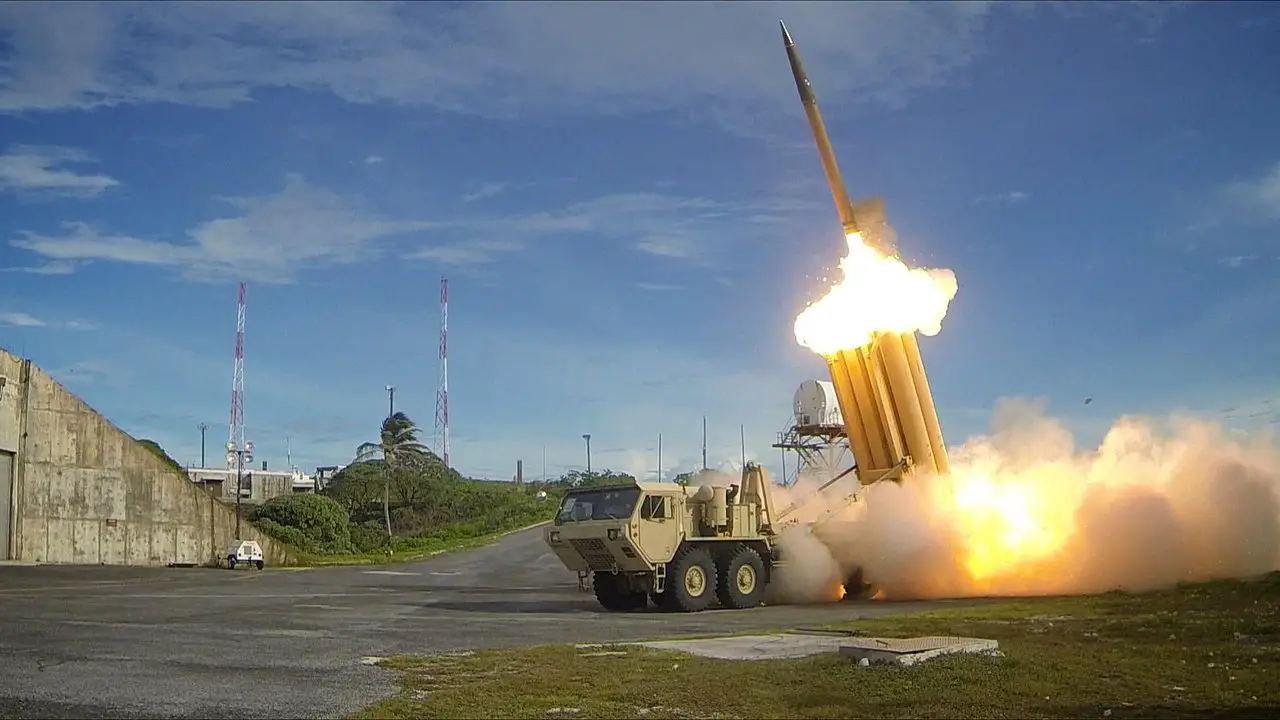Lockheed Martin Corp., Sunnyvale, California, is being awarded a $911,765,000 modification for existing sole source, indefinite-delivery/indefinite-quantity contract HQ0147-12-D-0001 for Terminal High Altitude Area Defense (THAAD) element development and support services. This modification brings the total maximum ceiling value of this contract from $2,335,000,000 to $3,246,765,000. The U.S. Missile Defense Agency, Huntsville, Alabama, is the contracting activity. The THAAD system is being designed, built, and integrated by Lockheed Martin Missiles and Fire Control acting as prime contractor. Key subcontractors include Raytheon, Boeing, Aerojet Rocketdyne, Honeywell, BAE Systems, Oshkosh Defense, and MiltonCAT.
This modification provides for the extension of the period of performance for additional incremental development, support to flight and ground test programs and responsive support to warfighter requirements to sustain the U.S. Ballistic Missile Defense System throughout the acquisition life cycle. Expected completion dates will be established under subsequent task order awards. Originally a United States Army program, THAAD has come under the umbrella of the Missile Defense Agency. The work will be performed at Sunnyvale, California; and Huntsville, Alabama.
Terminal High Altitude Area Defense formerly Theater High Altitude Area Defense, is anamerican anti-ballistic missile defense system designed to shoot down short-, medium-, and intermediate-range ballistic missiles in their terminal phase by intercepting with a hit-to-kill approach. The THAAD interceptor carries no warhead, but relies on its kinetic energy of impact to destroy the incoming missile. A kinetic energy hit minimizes the risk of exploding conventional-warhead ballistic missiles, and the warhead of nuclear-tipped ballistic missiles will not detonate upon a kinetic-energy hit.
The vulnerability and lethality analyses of the THAAD have been conducted by the U.S. Army Research Laboratory (ARL). The vulnerability assessment for the THAAD featured an evaluation of the effects of major electromagnetic elements. This included EM interference, EM radiation operations, EM radiation hazards, EM pulse, electrostatic discharge, and lightning effects on components of the THAAD system. The ARL assessments were designed to determine the THAAD system’s growth potential given its tactical design as well as provide survivability analysis against threats such as conventional weapons, chemical weapons, and electronic warfare countermeasures.
















